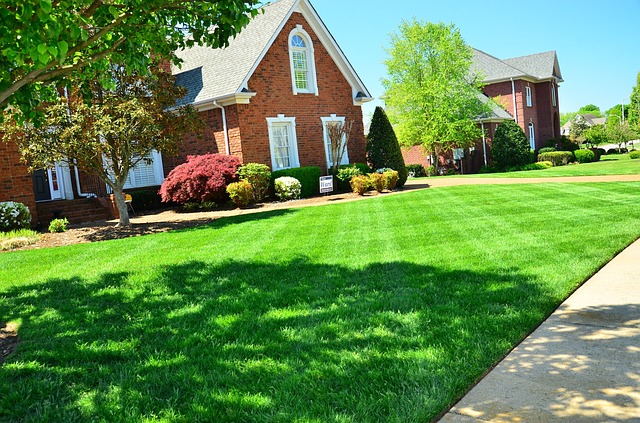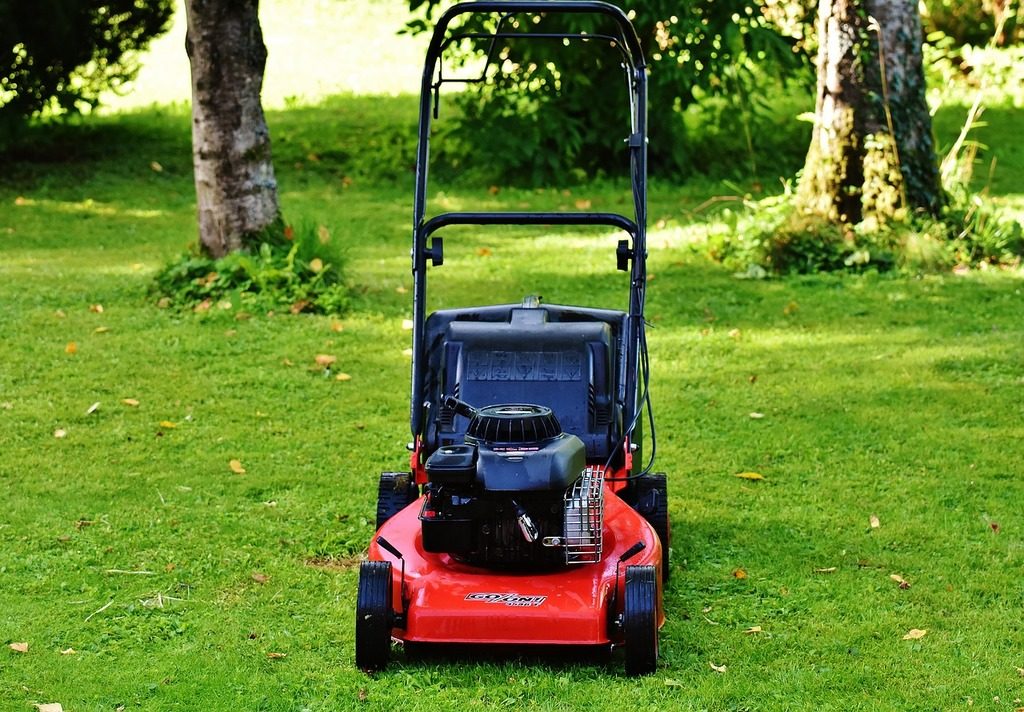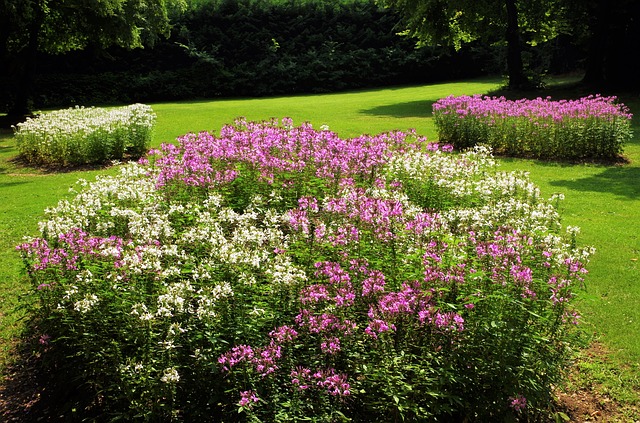Gardening is fun for all ages. It allows you to spend time in nature, and if your garden is in your backyard, you don’t even have to travel far to enjoy the clean air and greenery.
Gardening also allows you to see how your hard work can have a positive impact on your environment; beautiful things don’t grow without effort, and your garden is proof.
However, as fun as gardening is, it also takes time — time you might not have if you are struggling to care for other aspects of your yard.
Specifically, lawn care tends to be a major chore — so here’s how to cut back on the time you devote to your lawn so you can gain more time for your garden.
Ensure You Have the Right Grass Variety
When you were young, you probably didn’t think twice about the differences between lawns, but now that you own property, it’s vital that you install the exact right type of turfgrass in your yard.
Different types of grasses require different conditions to thrive; for instance, warm-season grasses only grow in air temperature between 80 and 95 degrees Fahrenheit, meaning northern climes might struggle to maintain a warm-season lawn even in summer.
However, even if you choose correctly between the warm-season and cool-season categories, you also need to consider factors like soil composition, soil pH level, amount of sunlight, traffic type and frequency and even drought tolerance, considering that water-wise landscaping is a good way to save on your water bill.
Because there are so many factors, it’s wise to talk to a lawn expert to identify your lawn type or prescribe the ideal turfgrass variety for you.

Get Your Lawn in Tip-top Shape
When you maintain healthy habits — eating whole foods, exercising regularly, maintaining social relationships — you don’t need to spend as much on medicine and doctor’s visits.
The same is true for your lawn: If you can maintain your lawn’s health appropriately, you won’t need to waste as much time, energy and money trying to wrangle it into shape — which means you can turn your attention to your garden, instead.
Lawn watering is among the most misunderstood of responsibilities, so it’s good to start there.
Your lawn generally needs about 1.5 inches of water per week, even in the winter. This might mean that you can get away with never watering your lawn because your regional climate rains enough to cover you.

To check how much water your lawn is receiving, you can set out shallow containers, like tuna cans, and measure how much water fills them by the end of the week.
It’s better to have fewer, longer drinks than short drinks every day, so you should reduce the frequency of your waterings as much as possible.
Next: mowing. Different types of grass have different preferences for height, so you truly do need to know your turfgrass variety to keep it healthy.
In general, warm-season grasses like short heights, around .5 inches tall, and cool-season grasses need to stay longer, between 3 to 4 inches.
You should mow frequently during the high growing season to prevent grass from getting too long and weakening.
Use the Best Lawn Tools on the Market
Speaking of mowing, you probably shouldn’t use that hand-me-down lawn mower you found covered in cobwebs at the back of your shed.
Not all lawn tools are created equal; sub-par tools will perform poorly, putting your lawn’s health at risk.
For instance, lawn mowers with dull, imbalanced blades could rip rather than cut your grass, reducing its ability to heal and potentially introducing disease.
Similarly, low-quality drop baskets, used for fertilizer or seed, might disperse unevenly, causing some patches of grass to grow overabundantly and some patches to simply die.
You should do your online research before you buy any lawn tools, to ensure you aren’t saving your budget at the expense of your lawn.

Hire Pros for the Big Projects
There are a few big lawn projects you need to complete every year to ensure lawn health, to include fertilizing, aerating, seeding and more.
Because these tasks typically require extensive knowledge and specific tools, you would do well to outsource these projects to professionals.
Local lawn care services have expertise and equipment to care for your lawn quickly, and they will typically charge about as much as it would cost for you to buy the materials and machinery on your own.
Then, you can use the money and time you would have spent on your lawn to care for your garden.

Border Your Lawn With Garden Beds
Finally, while we’re on the topic of gardening, you should consider increasing the size and scope of your garden by surrounding your lawn in garden greenery.
If possible, you might reduce the size of your lawn — thereby reducing your lawn care responsibilities — and fill the extra space with new garden boxes.
Then, you can do more of what you love and see your hard work throughout your yard.




